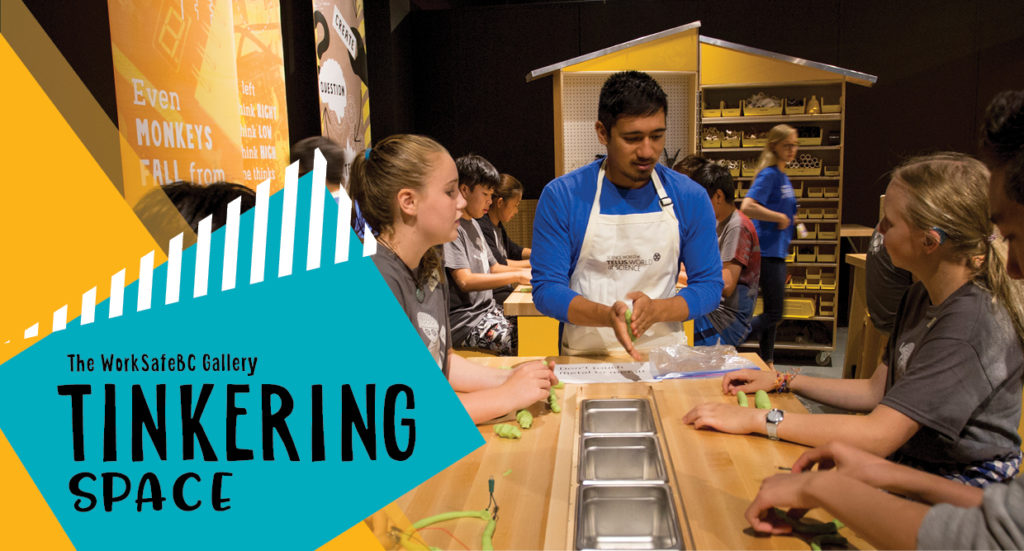Power up with water!
Water power is based on water at a higher level having more “potential energy” (stored energy) than water at a lower level.
When flowing from a high to a low level, water gives up some potential energy. This changes to “kinetic energy” (energy of motion) as the water falls. Moving water can turn a bladed wheel, transforming the kinetic energy into mechanical energy.
In the past, mechanical energy from water wheels was used to grind grain and saw timber. Today moving water is used primarily in generating electric power, called hydroelectric power. Power plants are built at the foot of high dams. Powerful jets of water shoot through pipes from a reservoir. The water hits the blades of dozens of water wheels which turn electric generators.


